Food map: Eat more barbecue, be careful of "fire breathing"
Xinhuanet Beijing, July 31 ST Brazilian barbecue is famous all over the world. It is by no means a "hero" not to eat an authentic Brazilian barbecue here.
Brazil’s barbecue has a long history, and its birthplace is the southernmost state of Nandahe. This area has a mild climate, abundant rainfall and fertile land, which breeds endless grasslands and pastures. It is a traditional livestock production center in Brazil and is covered with large-scale farms and farms.
The vast grassland and high-quality pasture provide unique conditions for the growth of cattle. Driving on the highway in southern Brazil, you can always see the unique cattle in South America, running freely on the open grassland on the roadside with towering shoulders. Brazilian beef is of high quality because it is all naturally stocked. It is precisely because of good enough beef that there can be good enough barbecue.
As early as the 18th century, European colonists and gauchos, the mixed-race descendant of Indian aborigines, made a nomadic living on the southern grassland. They often gathered around the campfire, strung large pieces of beef with sharpened wooden sticks, put them on the fire, and ate them with daggers they carried with them after roasting. This cowboy-like processing method was the earliest Brazilian barbecue.
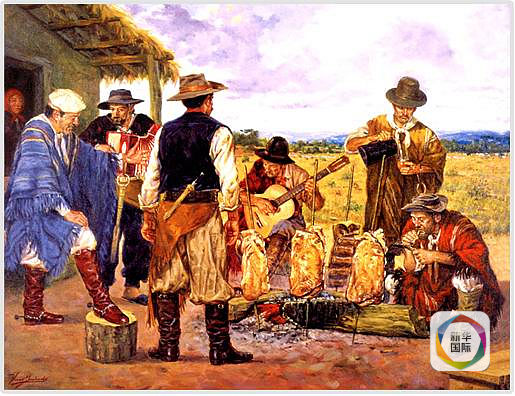
After hundreds of years of evolution, Brazilian barbecue has not only been continuously improved, but also retained the essence of tradition. Even in Brazil, not everyone cooks good meat. The southern grassland has always been regarded as the most authentic and original birthplace of Brazilian barbecue, and almost all the chefs in famous barbecue shops come from this area.
Compared with domestic kebabs, they like to sprinkle cumin and Chili powder, while European and American barbecues like to brush barbecue sauce, and Turkish barbecues must put pepper and onion. Brazilians can simply describe the barbecue seasoning as "stingy": original flavor, only coarse salt! Some diners described that the essence of Brazilian barbecue is to make people feel the purest and rich meat flavor, and to taste the amorous feelings of biting, tender outside and gravy overflowing.
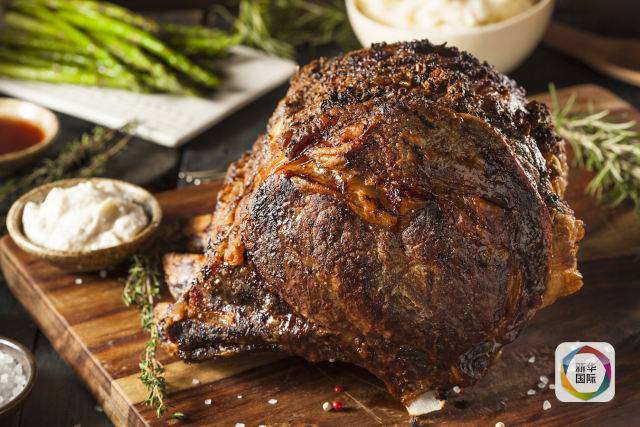
Brazilian barbecue, which overflows from the "bones", on the one hand benefits from fresh and high-quality ingredients, and on the other hand depends on the accurate grasp of the heat. The baking time of different meats is also different. In order to heat all parts evenly, they also need to keep rotating the barbecue on the fire during the baking process, and the interval between turning over and rotating is also very particular. Too long or too short will directly affect the appearance and taste of the meat, which depends entirely on the experience handed down from generation to generation by chefs.
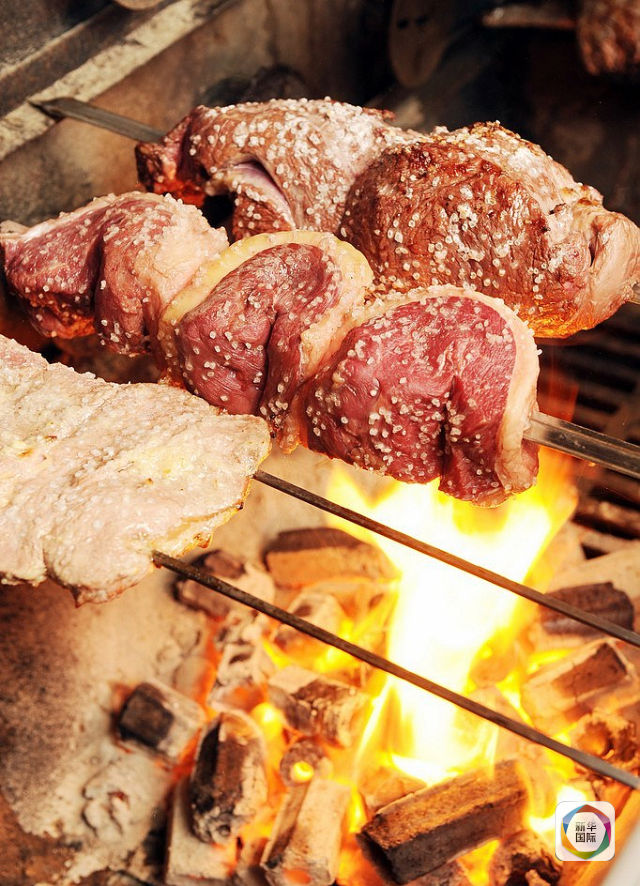
Barbecue is a skill, and eating meat is also learning. First of all, the authentic Brazilian barbecue will never be served on the plate like steak. The handsome waiter walks around the table with a sharp knife in one hand and a barbecue fork more than half a meter long in the other. The shiny, fragrant pieces of meat attract people’s forefinger to move. The customer only needs to point to the part he wants to eat with his hand, and the waiter immediately cuts off a large piece and puts it on the plate, making people fully experience the pleasure of eating meat.

Many Brazilian barbecue shops can see such graphic cards, marking the names of nine parts of cattle that are most commonly used for barbecue, so that customers can "follow the map". Brazilians believe that different parts of the meat, barbecue temperature is different, the taste is naturally different, some are as solid as ham, while others are as soft as braised meat.
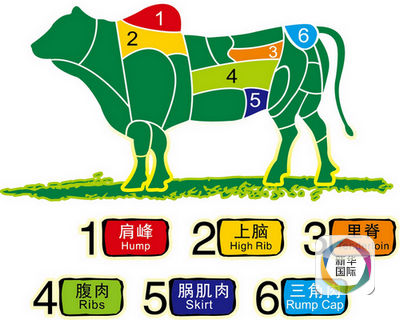
Generally speaking, the most delicious and expensive part is the triangular meat, which is located above the hindquarters of cattle. After being smoked, this part of the meat has a crystal clear skin and a tender and juicy inside, which is the favorite of many diners. Secondly, the belly of beef, the upper brain and other parts also won the praise of diners. In particular, it is recommended to be Niujianfeng, which is a classic delicacy unique to Brazilian barbecue. It is fat, tender and delicious, and it melts in the mouth.
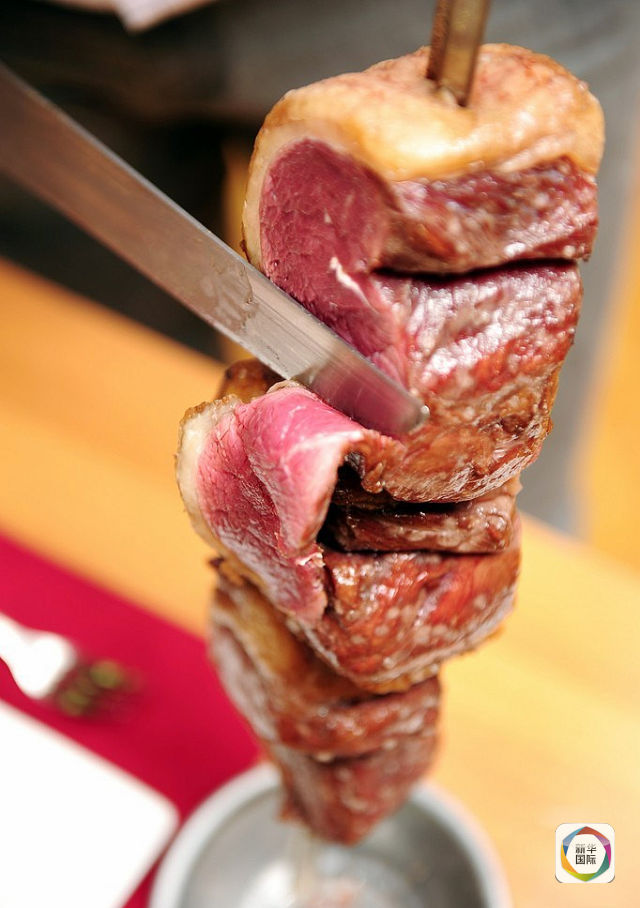
On the basis of beef as the main ingredient, Brazilian barbecue has more than 30 varieties such as roasted chicken legs, chicken hearts, pork chops, mutton, sausages and cheese. Among them, the fresher is baked fruit, such as applying honey to tender pineapple and baking it sweet and soft. After the banana is baked, the skin is black, the heart is white and the aroma is attractive.
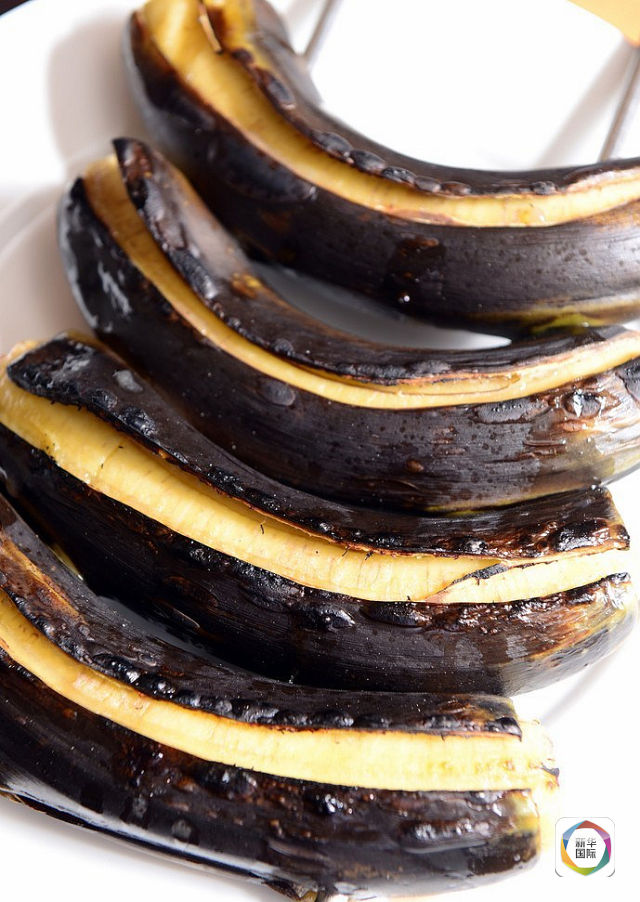
Brazilian barbecue is high in calories, and it is easy to get angry if you eat more, so local people also pay attention to collocation when eating barbecue. The staple food may wish to try the black bean rice with the reputation of Brazilian national cuisine. This dish is similar to stew in the northeast, and it takes a lot of time and effort to cook. Add beef jerky, smoked sausage, bacon, pig’s ears, pig’s trotters, pig’s tail, pig’s tongue and other raw materials to Brazil’s specialty black beans, add salt, spices, herbs and cabbage, put them in a clay pot and stew them with slow fire for six or seven hours. After cooking, sprinkle cassava powder and orange slices on the rice and eat them.
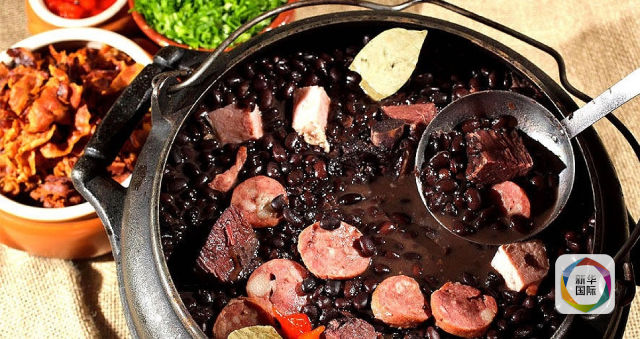
Besides barbecue and black bean rice, hearts of palm is also a local food worth tasting. Many cafeterias in Rio have hearts of palm, which looks like bamboo shoots, but it is actually an edible palm. Some restaurants have roasted hearts of palm, which is highly recommended.
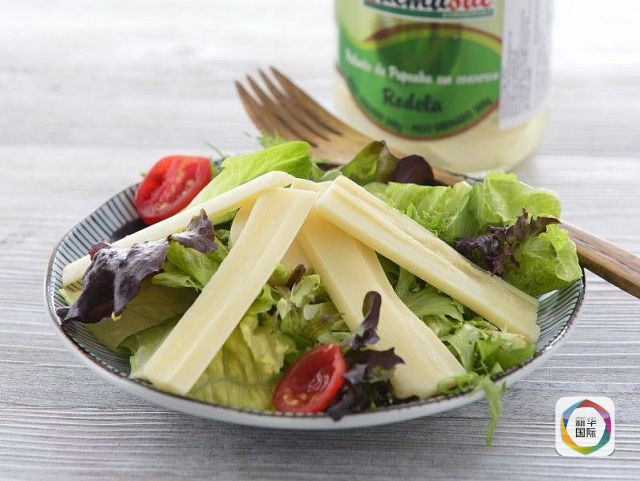
In Rio’s barbecue buffet, "Fogo de Chao" and "Porcao" are very popular. In addition, Copa cabannes Barbecue Restaurant next to Copa cabannes Palace Hotel has always been famous. Walking into this restaurant is like going back to Rio in the 1960s and 1970s. This restaurant not only has authentic barbecue, but also has a lot of seafood in the buffet salad.
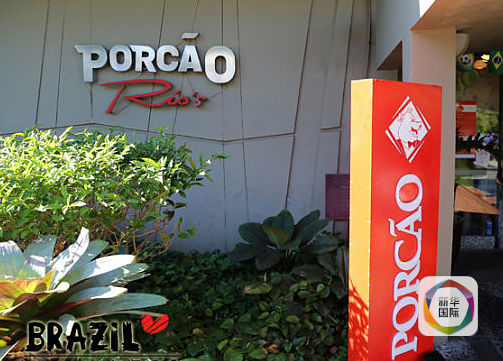
Enjoy the perfect barbecue dinner, and many Brazilians like to use cold desserts to get rid of greasy food. Might as well call it a Assailly, which is a unique purple berry in Brazil, also called Brazilian berry. It has high nutritional value and is known as an antioxidant holy product, and has the title of "super fruit" in the local area. Brazilians like to mash Assailly’s pulp and make it into smoothies, which are refreshing without losing the taste of ice cream.
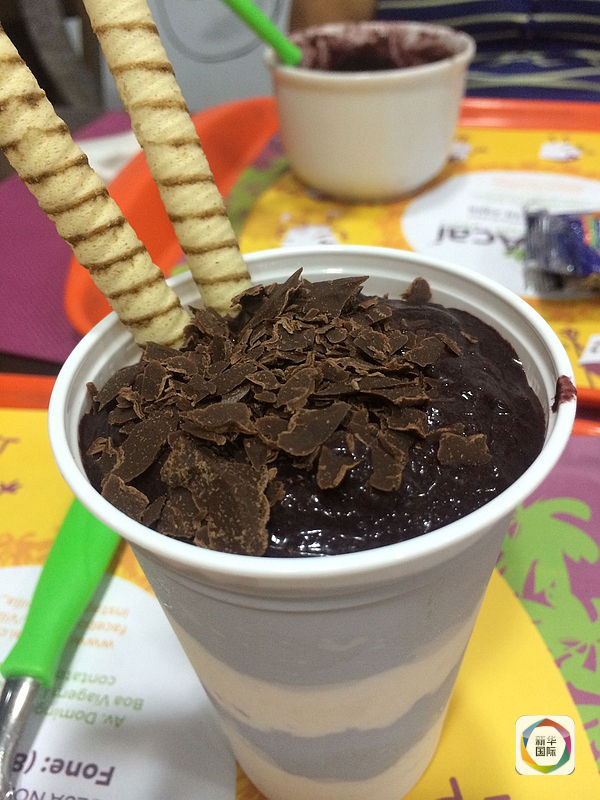
Finally, if you still have spare capacity in your stomach, you can have another cup of mellow Brazilian coffee, where the life charm of this South American country is leisurely. At this point, you can pat your belly and have an authentic Brazilian barbecue feast, perfect! (Reporter Song Jieyun, Zhao Yan, editor Zhu Chao, reported by Xinhua International Client)